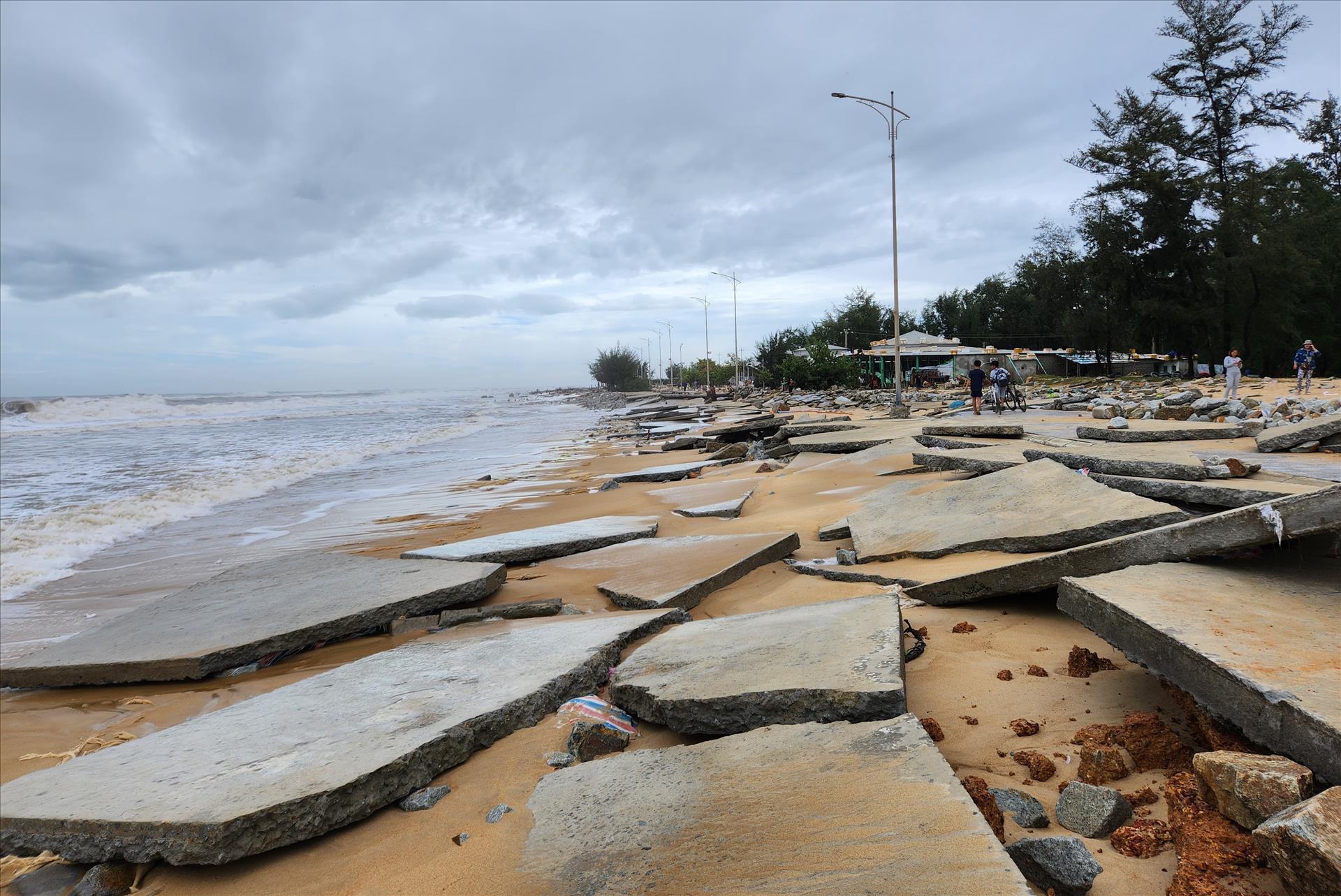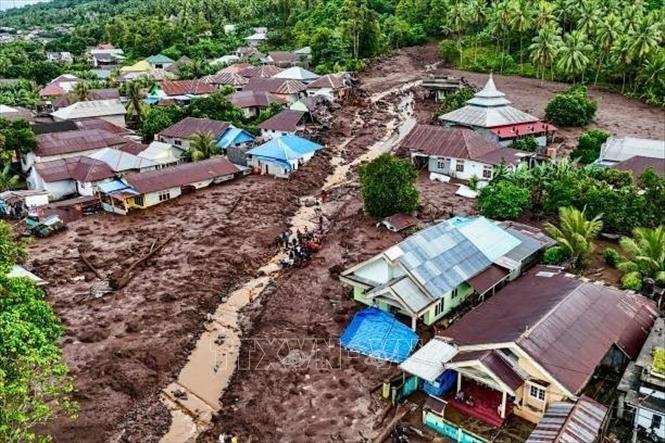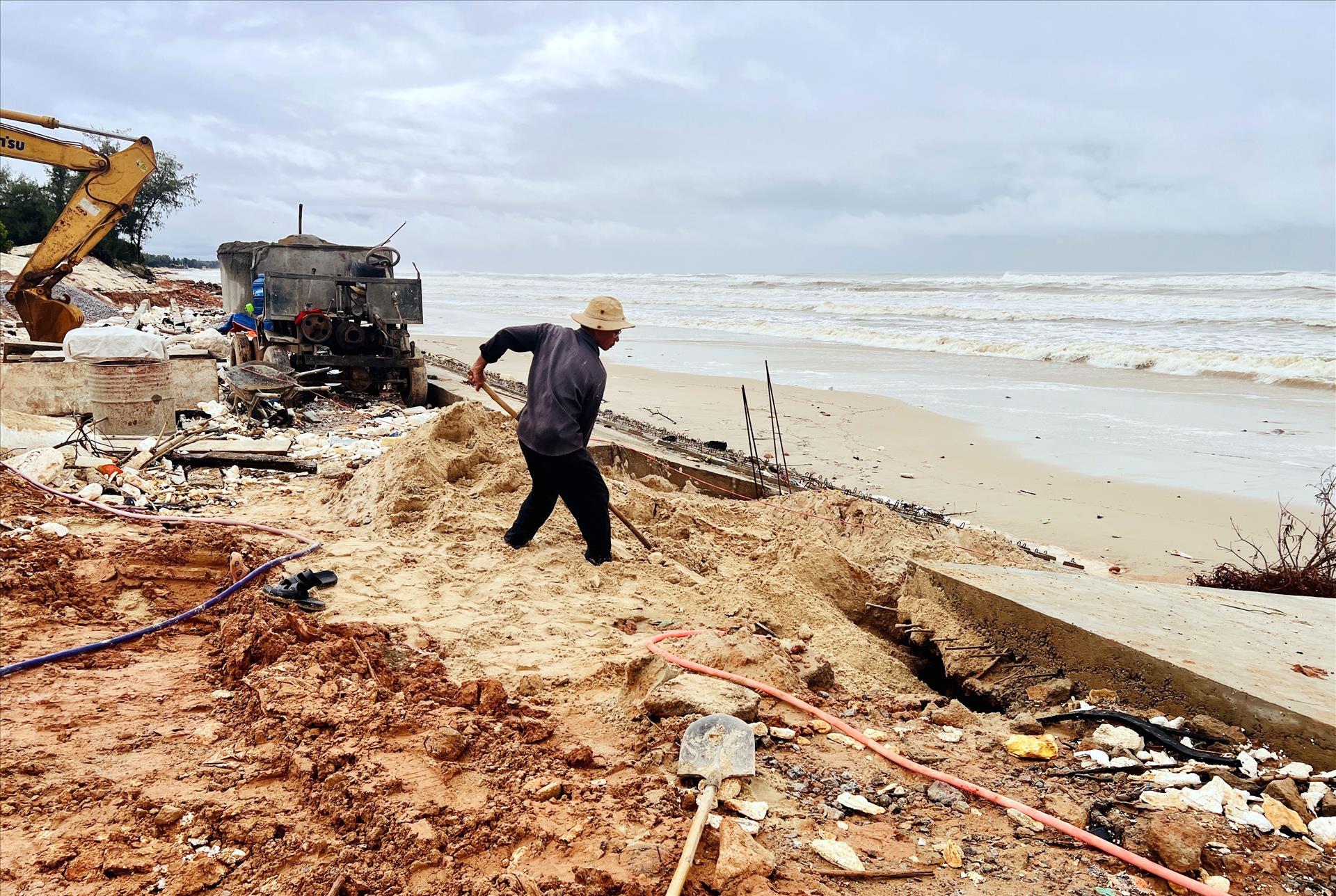Solutions to Prevent coastal Erosion in Southeast Asia
The Inter-governmental Panel on Climate Change (IPCC) warns that sea levels could rise by up to 0.8m by 2100. A 1m rise in sea level would submerge some densely populated lowland areas, putting 28 million people in Indonesia, 23 million in Thailand, and 38 million in Vietnam at risk. Therefore, southeast Asian countries have been implementing various measures to combat coastal erosion.
Southeast Asia is among the regions hardest hit by erosion worldwide. In Cambodia, beach erosion is evident across all four coastal provinces. Roughly 35% of Indonesia's total coastline has experienced erosion at moderate, high, or very high rates.
That figure is 29% in Malaysia, 10% in the Philippines, and in Thailand, 11.1% of the Gulf of Thailand's coastline has been severely eroded.
Indonesia is known as the archipelago nation because its territory consists of over 17,000 islands forming an archipelago. Most of Indonesia's small islands are only about a meter above sea level, and many coastal areas are threatened by climate change. Experts predict that by 2050, thousands of small islands and millions of coastal homes in Indonesia will disappear.
According to the Jakarta Post, Indonesian Coordinating Minister for Economic Affairs Airlangga Hartarto stated that the country will build a sea wall system surrounding the entire northern coast of Java, named "Great Garuda," with an estimated total project cost of up to 60 billion US dollars.
In Thailand, authorities acknowledge that coastal erosion is a direct cause of environmental degradation. Statistics show that 830km of Thailand’s coastline, about 27% of its total length, are experiencing severe erosion. This threatens ecosystems and natural resources, including coastal mangrove forests and coral reefs.
Since the 1980s, King Bhumibol and Queen Sirikit have spearheaded environmental efforts through the Royal Research and Development Center in Cha-am, Phetchaburi Province.
Their initiatives include building reservoirs, constructing water-retaining structures in hilly areas, and reforesting land. A nationwide campaign was later launched to restore Thailand’s valuable mangrove ecosystems, encouraging citizens to plant mangrove trees.
These young mangroves, planted alongside bamboo stakes, help stabilize soil and protect against coastal erosion.
Over the past two decades, Vietnam has seen a growing rate of beach erosion, both in scale and intensity. Beaches play a crucial role in economic development, tourism, and coastal protection, so the damage caused by erosion has been significant and continues to worsen. To combat beach erosion and protect coastal areas, local governments have adopted two main approaches: engineering based solutions and non-structural measures.
In the southern Philippines, indigenous communities are being forced to adapt to the alarming effects of climate change. With support from the UN Development Program’s Adaptation Fund Climate Innovation Accelerator (AFCIA), these communities have made significant progress in developing sustainable solutions.
Emphasizing the value of bamboo in forest conservation, soil restoration, and erosion prevention, local tribal leader Perino highlighted a project aiming to plant 20ha of vegetation along the Pulangi River. Additionally, bamboo is widely used by local communities to construct storm-resistant homes.
Coastal erosion is a complex and ever-changing issue that varies across time and location. Its environmental, ecological, and economic consequences are severe, making it crucial for Southeast Asian countries to continue implementing strategies to combat beach erosion and protect their coastlines.
Story: VNP
Photos: VNA
Translated by Nguyen Tuoi





